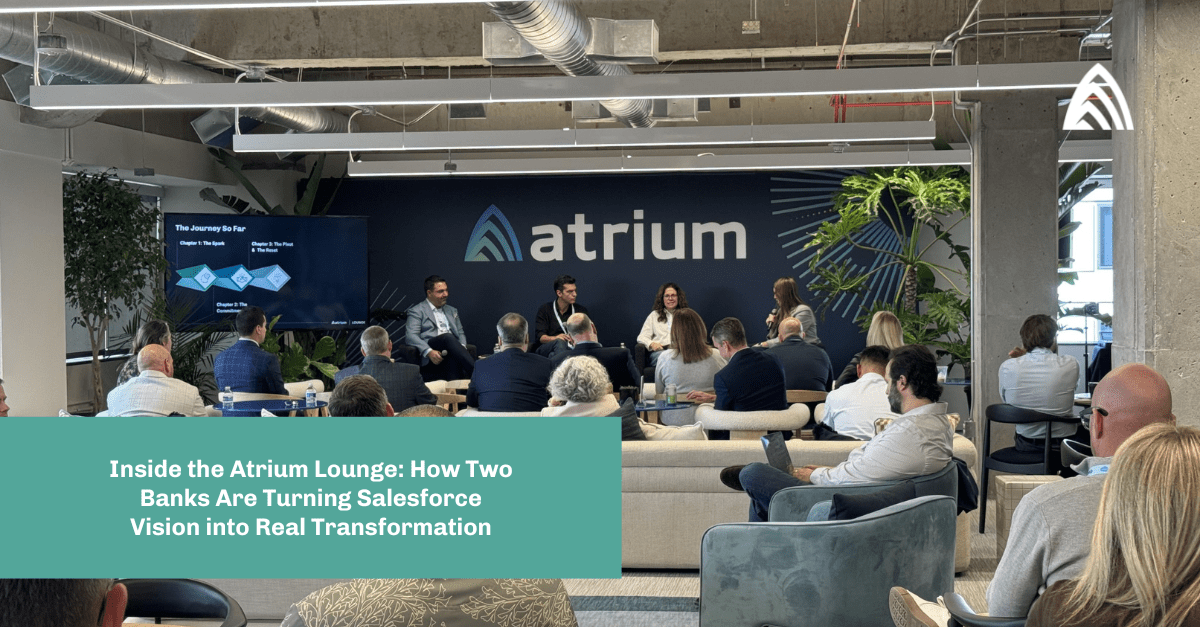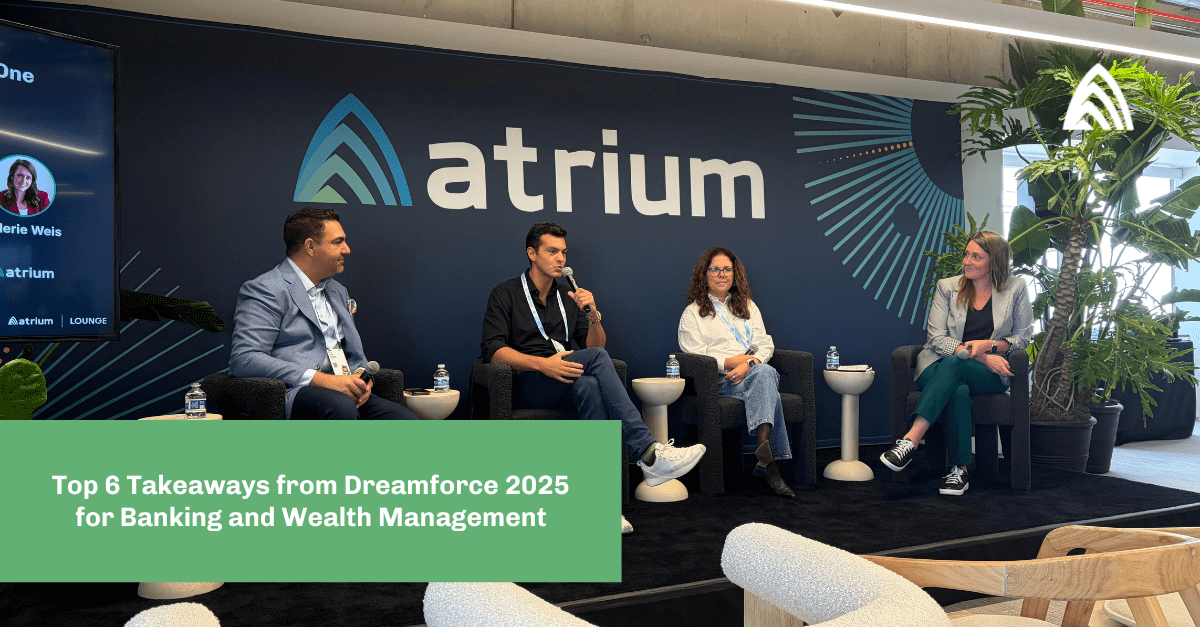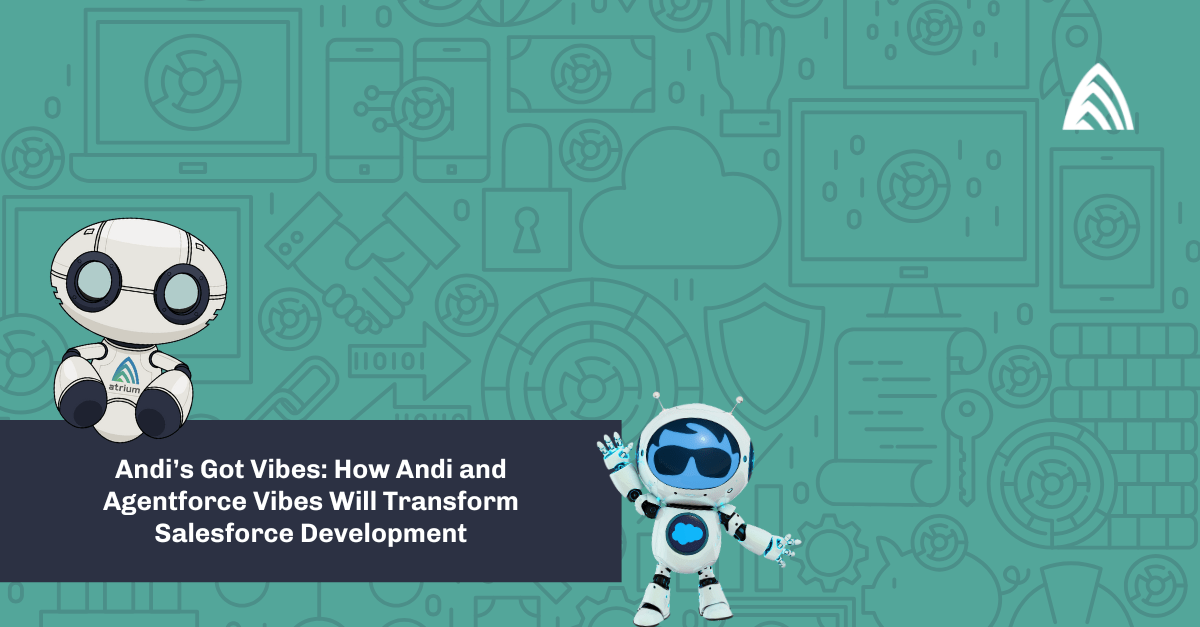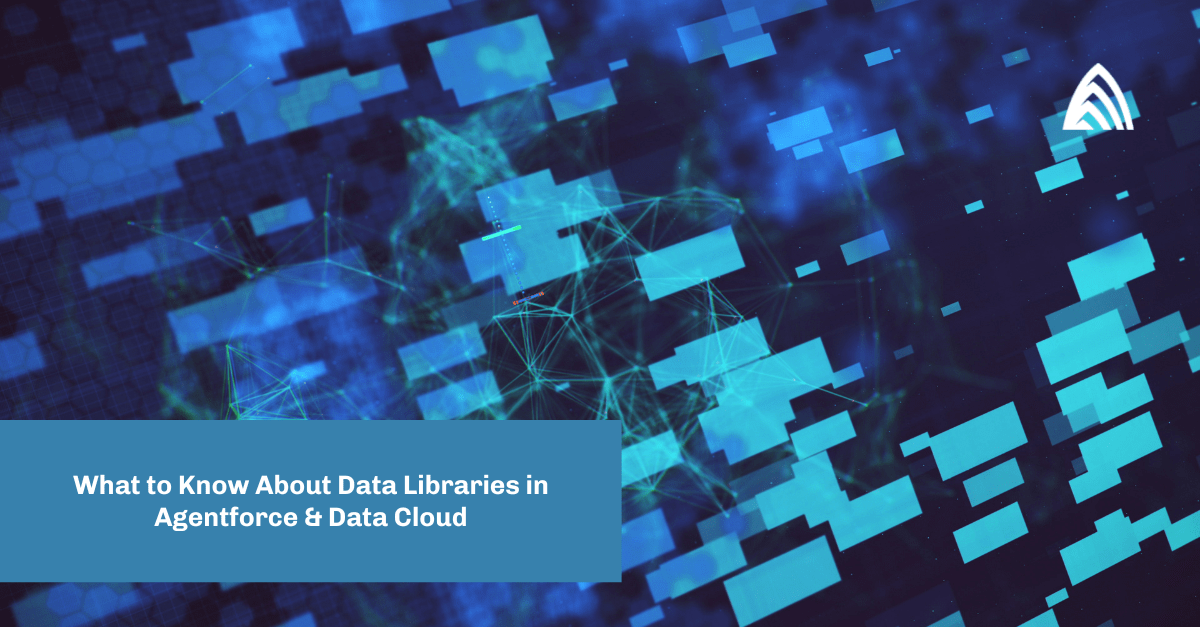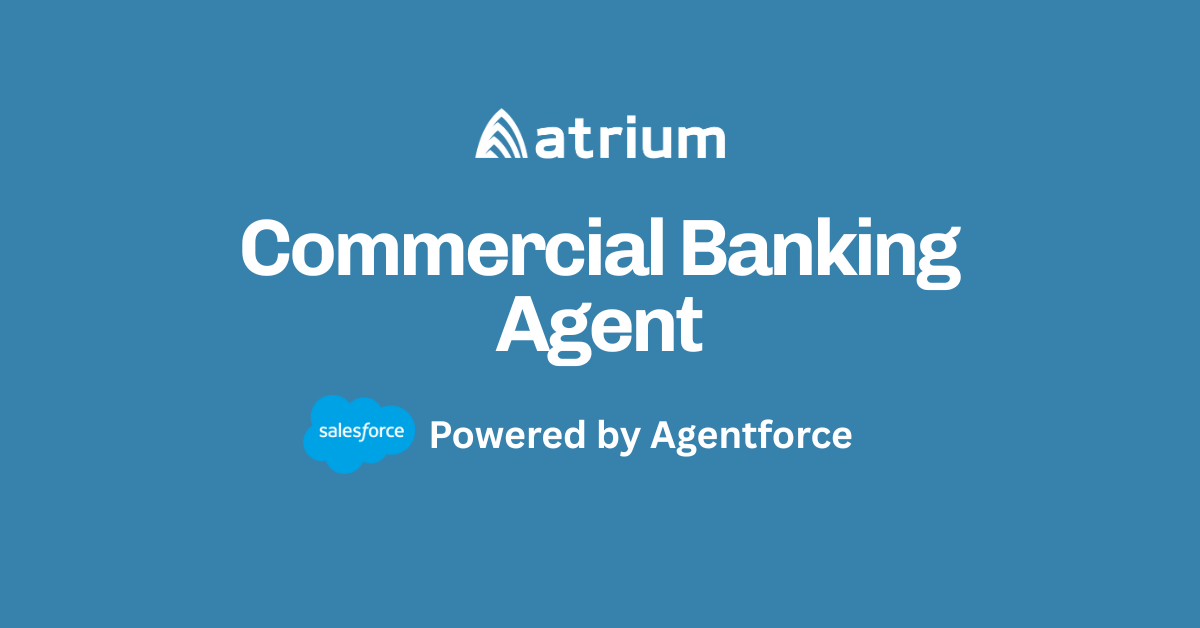AI in financial services has officially moved from exploration to execution. We’re past the point of exploration. Leaders aren’t asking if AI fits into their strategy — they’re focused on making it work with confidence, compliance, and clear business value.
That shift was front and center at the Agentforce World Tour. A few weeks ago, I joined Amir Madjlessi, Managing Director and Banking Industry Advisor at Salesforce, to unpack how leading institutions are moving beyond experimentation and beginning to operationalize AI — strategically, securely, and at scale
Whether you’re refining your AI strategy or figuring out where to begin, here are six takeaways designed to help financial institutions focus on what matters most right now.
1. Readiness over hype: Maturity is what delivers
AI isn’t a silver bullet — it’s a capability that only delivers results when the foundation is in place. The institutions seeing measurable value aren’t chasing trends. They’re investing in readiness: strong CRM architecture, connected and trustworthy data, and workflows designed with AI in mind.
Both Amir and I have been involved with major technology initiatives in financial services, and the pattern is consistent: the tech doesn’t perform unless the operational infrastructure is ready to support it. That includes alignment across people, data, and process.
Hype creates momentum — but it doesn’t create outcomes. Maturity does. The firms that treat AI as a natural extension of their business strategy (not as a standalone initiative) are the ones positioned to scale with impact.
2. The future workforce: Humans & digital teammates working together for better outcomes
AI isn’t inherently about replacing people, but in many cases, it does reduce the need to add more. Whether it’s avoiding incremental headcount as you scale or repurposing roles toward higher-value work, AI introduces a new level of operational leverage.
We’re already seeing that shift in motion. Contact center reps are getting auto-generated call summaries before picking up the phone. Bankers are stepping away from repetitive keystrokes to focus fully on the client in front of them. These are tangible examples of AI enhancing productivity and freeing up human capacity.
As Amir said during our session, “This might be the last generation of CEOs who manage only people. Tomorrow’s leaders will manage people and digital teammates.” That future is already taking shape, with AI agents supporting intake, surfacing insights, and driving tasks forward — often faster and more consistently than before.
The winning model? Augment humans where it makes sense, automate when the business case is clear, and always align talent strategy with client experience and outcomes.
3. Trust, governance, and compliance must be built in day one — not tacked on
“We’re worried about getting this through our compliance team. No one wants to be the example regulators use as doing it wrong.” That’s the real sentiment we hear — and it’s valid. In financial services, trust isn’t a feature. It’s a mandate.
That’s why Salesforce’s approach to governance matters. The platform’s trust layer is designed from the ground up for regulated environments: with prompt-level explainability, auditability, data access controls, and the ability to define when and where human oversight is required.
In a recent client deployment, one of their AI agents returned a “wrong” answer to a user. But when we looked closer, the agent responded exactly as it had been trained, based on outdated policy documentation. Any human reading that same material would have made the same decision. The difference? The AI surfaced the issue faster. And because monitoring and traceability were in place, the institution was able to update the policy promptly.
This is where AI and governance work together. When trust is embedded by design, AI doesn’t create risk — it helps you identify and manage it.
4. Role-based agents are here — and they’re doing real work
Specialized agents are emerging across use cases from banking to service ops. The rise of role-based agents is one of the clearest signs that AI is moving beyond experimentation. These agents aren’t hypothetical or aspirational — they’re being used today to support specific functions, from generating credit memos to identifying cross-sell opportunities.
During our session, Amir highlighted a relationship manager agent used in commercial banking to prep credit memos. Rather than toggling between systems and manually consolidating data, the agent produces a first draft, flagging risk factors and aligning content to policy guidelines. This doesn’t just save time; it builds consistency and confidence for credit committee presentations.
Critically, these agents don’t require an all-or-nothing approach. Institutions are defining their comfort zones, whether it’s agent-suggested insights, task assistance, or full execution within guardrails. That kind of controlled flexibility is what makes AI usable, scalable, and safe in highly regulated environments.
5. Start with the business problem, then apply AI
One consistent theme from every conversation: AI success must be measured by business outcomes, not technical milestones. It’s not about how many models are deployed. It’s about how they move the needle on growth, efficiency, and client satisfaction.
At Atrium, we use an “Outcomes First” framework that starts with the business problem — not the tech. What’s the job to be done? What’s slowing it down today? How can AI help, assistively or autonomously?
This mindset is delivering real results. Clients are unlocking productivity, reducing churn, and scaling personalization with measurable ROI. One institution we work with is on track to save tens of millions annually by automating routine data tasks in wealth management.
AI isn’t a novelty. When it’s aligned to clear business value, it becomes a margin-expanding tool.
6. A platform you trust (and a partner who gets it) makes the difference
Salesforce’s trusted platform is a powerful starting point. But making AI work in financial services takes more than software — it takes a partner who knows how to make AI real.
At Atrium, we’ve been helping institutions navigate this evolution for years, from foundational data architecture to AI agent design and managed deployment. We don’t just turn on features; we align AI to your business model and your regulatory reality.
That difference matters. Because success isn’t just launching a pilot. It’s about proving value, scaling what works, and doing it all with the control and confidence that financial institutions require.
Looking ahead: From exploration to execution
Agentforce World Tour made one thing clear: AI is no longer conceptual. It’s operational, measurable, and already creating real business results. The institutions leading the way are those moving with clarity — anchored in trust, data, and defined outcomes.
Whether your focus is cost to serve, sales productivity, or client retention, now is the time to act. Start with the business problem.
Define the role. And equip your teams with tools that turn AI into an advantage.
At Atrium, we’re proud to partner with financial services organizations ready to make that shift, with strategy, speed, and accountability.
What’s next? Retention agents, ROI frameworks, and more
If you’re wondering where to start, begin with something small. But start now. This isn’t a trend. It’s the next operating model for financial services. Here are a few ways to explore what’s possible:
Want to reduce churn? → Watch a demo of our Agentforce Retention Agent
Want a real industry example? → Read how Houlihan Lokey is engaging both bankers and clients with AI
Need a starting point? → Let’s connect.

